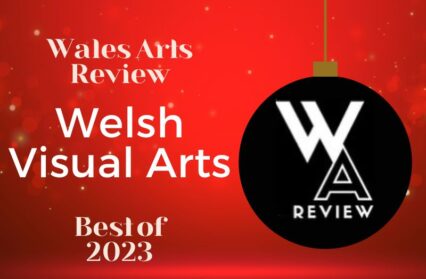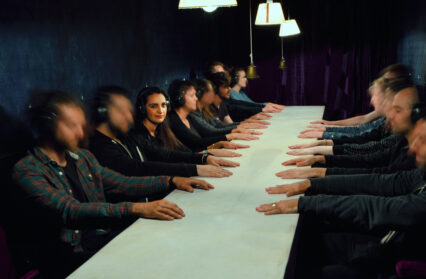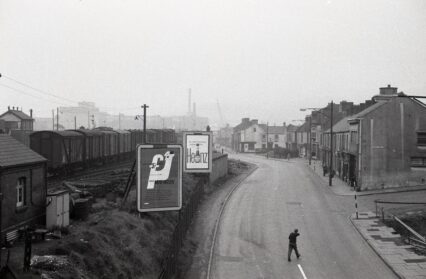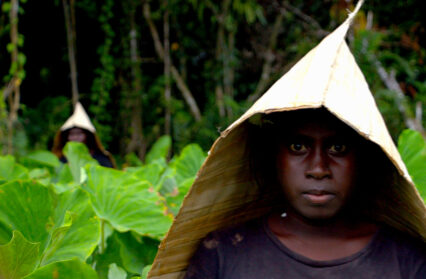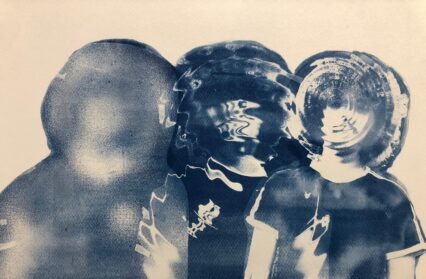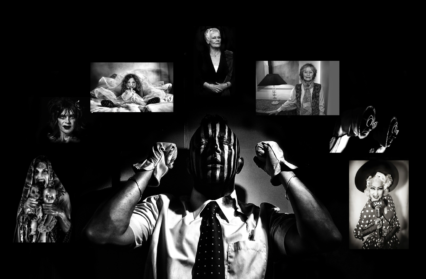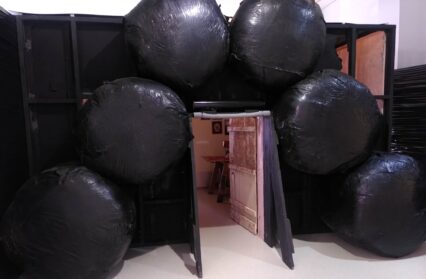Though littered with the odd George Shaw pastiche or piece of lazy neo-Dadaist postmodern charlatanry, the Graduate 2012 exhibition acts as an impressive showcase of emerging Welsh art. Many pieces on display are ambitious in scope and deserve the large audience they will receive, being that they are in the foyers and corridors of the Wales Millennium Centre. So it is safe to say that the future of Welsh art, if this exhibition can be considered a snapshot of it, is looking bright indeed – if the artists themselves can overcome the number one stumbling block of any young creative.
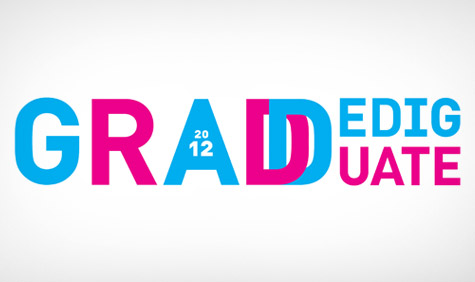
Various Artists
Wales Millennium Centre, Cardiff
This is not that some of them will get so distracted with life that they do not progress at the speed they like; this is something most people have to overcome at some point. What is to be more concerned about is the institutional corruption that a number of these emerging artists will have to break out of in order to fully realise their artistic potentials.
Take, for example, the first work that you would most-likely see in this exhibition. When entering the box office foyer it is impossible to ignore Hugh Williams’s ‘CROWZ’. He has crafted three beautiful mechanical birds out of various bits of machinery, using large industrial suspension springs as their bases. Their constant bobbing is reminiscent of that most curious of human displacement activities, that of appearing to be busy while not getting much accomplished. And his sculptures are an accomplishment themselves. Being that they are in a busy foyer, it is easy to get lost in their bobbing as their constant movement offers a moment for contemplation.
You could say that his work stems from a simple idea. There is nothing wrong with that – Da Vinci himself is reported to have said ‘simplicity is the ultimate sophistication.’ But this is not enough in today’s ever more complex world of fragmented and disjointed truth. However impressive Williams’s ‘CROWZ’ appear in person, their description in the accompanying programme appears convoluted and over-intellectualised. ‘Hugh Williams’ work is concerned primarily with the representation of the crow’, we are told, before being told that ‘…The concept of space can be applied to sculpture as it not only sits in space, but it can also embrace space. ‘CROWZ’ is an exploration of aspects of the bird and the concept of space in relation to sculptural form.’ Perhaps there is a need for this explanation but it feels like an art-school justification to gain a particular academic grade, rather than an expression of what the artist was hoping to achieve.
This is not a particular phenomenon to new graduates or ‘academic’ art – it is obvious that overblown statements have entered the mainstream when they have their own t shirt. Perhaps the artists themselves may feel that in order to attract the attention from the right people, such as gallerists and curators, then this is the type of accompanying explanation they need to produce. It is just a pity that subsequently they may attract less attention from the other ‘right people’, otherwise known as the public. Perhaps it is unfair to single out one artist when so many in the accompanying programme are guilty of similar. However, let it be known that I have discussed Williams’s work specifically because it is strong and I believe him to have a future.
But that isn’t to say every artist in ‘Graduate 2012’ does the same. Hannah Morris’s four subtle line landscapes make use of block colours that would otherwise be spread throughout the works. Instead of the sea being blue and the sun yellow, we see vertical blocks of colours with the landscape itself drawn on top. Everything in her pictures is simplified down to its most basic form. What she seems to be asking us is, if the picture is indeed in its most basic form, do we still get the same effect? Can we experience it in the same way as if it were painted in a more traditional manner? And the blurb puts this to us in the most simple, unfussy manner: ‘Hannah Morris’s work explores the relationships of place, memory and experience through colour, line and light’. Beautiful.
Indeed it was the ink drawings that seemed to be the standouts this year. Layla Clarke’s two untitled pictures show people going about their everyday lives while wearing what could be animal masks. One figure is alone as it washes something in a basin. Is she suggesting that we put on masks in life to hide how we feel from other people (or even ourselves)? The clever curatorship has this theme echoed nearby in Brittany Volquardsen’s digital prints, which were again some of the best pieces in the show. ‘One, Two, Three’ consists of three stern-looking Victorian girls each wearing many more hats than necessary, juxtaposing their emotions with their absurd attire. This imaginative and playful sense of humour runs through her work – in another unusual scene, a man nonchalantly hugs a large, monocled bird. If a photograph (and especially an old one at that) documents truth better than the fallible human memory, Volquardsen asks if we can really even trust what we see documented.
All in all, you can tell that ‘Graduate 2012’’s curator, Pete Finnemore, must have enjoyed going to the various degree shows for this super-show at the Wales Millennium Centre. But Finnemore himself is the first to acknowledge, in his curator’s note, that this show is ‘not definitive’ of new Welsh art. Perhaps nudged in the direction of his own practice, it is easy to see why Finnemore has chosen people like Tim Nordhoff, whose photography seems to echo Finnemore’s in style (though perhaps not in theme). If the space offered by the WMC had been different, perhaps not in the corridors and foyers but somewhere more sympathetic to larger pieces or performance or video art, then perhaps different artists and themes would have been discussed instead. But from what is at the WMC at the moment, expect to see good things from Welsh artists in the future.



